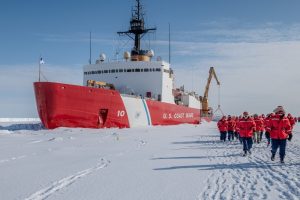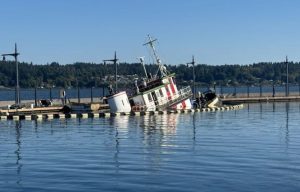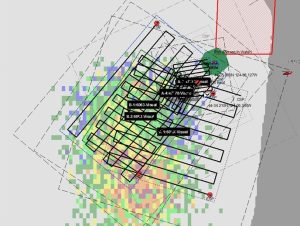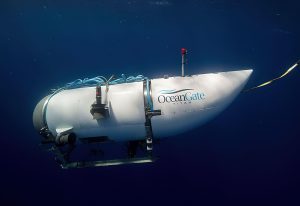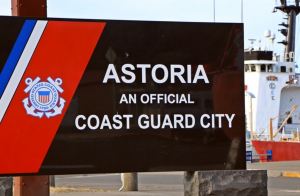Shape the Future of Fishing Vessel Safety
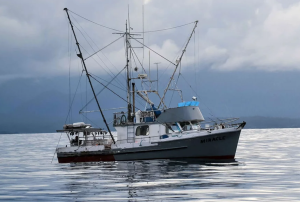 Have you ever thought about how safety regulations for commercial fishing vessels get decided? The U.S. Coast Guard wants to hear from people like you.
Have you ever thought about how safety regulations for commercial fishing vessels get decided? The U.S. Coast Guard wants to hear from people like you.
They’re looking for new members to join the National Commercial Fishing Vessel Safety Advisory Committee, a group that meets twice each year to help develop safety policies affecting fishing operations nationwide. They are especially interested in hearing from those working on the water and those building the equipment that keeps crews safe.
The U.S. Coast Guard is specifically looking for fishermen and manufacturers to fill current openings. If you’ve spent time on commercial vessels or you design and build equipment for the fishing industry, your practical knowledge is exactly what this committee needs.
 Maritime Injury Law Blog
Maritime Injury Law Blog


